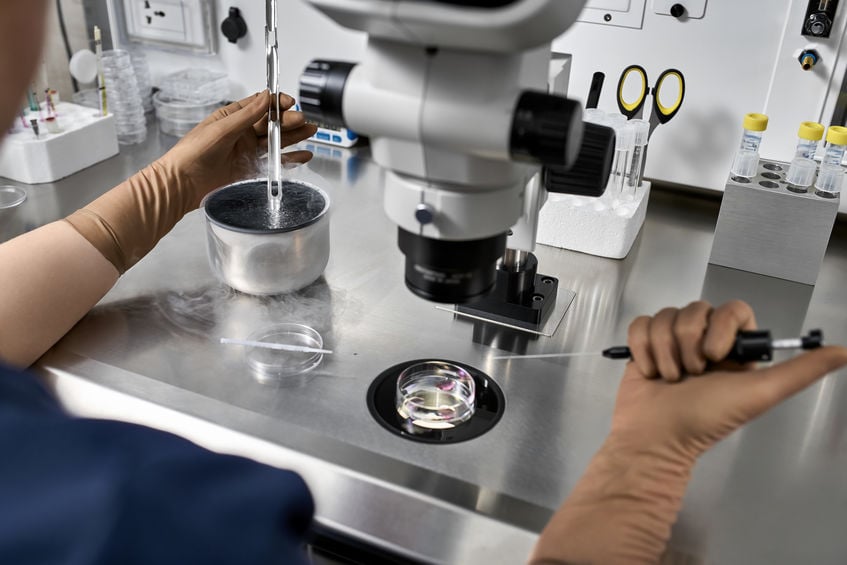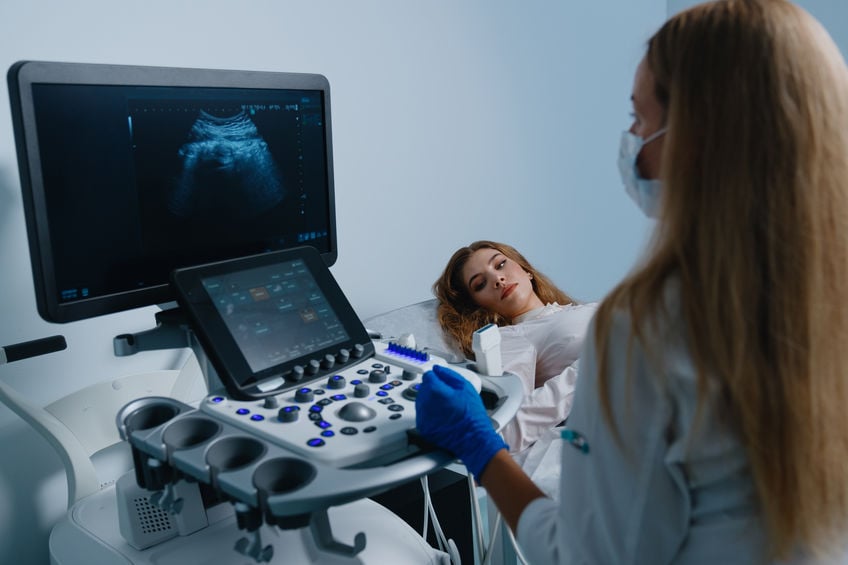Trouble Conceiving
An infertility diagnosis is made after a couple has tried to get pregnant naturally by having unprotected sex for 6-12 months. The reason behind infertility can be due to a male or female partner or both. However, sometimes when all fertility tests are normal and no exact cause is found, specialists call this unexplained infertility. With this type of infertility, getting pregnant is challenging but still possible. Medical procedures and lifestyle changes can help improve the chances of conception.

Fertility testing
To find the cause of infertility, both men and women undergo various tests. For men, tests can include semen analysis, hormone tests, genetic tests, imaging studies, and testicular biopsy. For women, ovarian reserve tests, hormone tests, hysterosalpingography (HSG), and ultrasound may be performed. The required number of tests done depends on each patient’s case. When no abnormalities are found after completing all the tests, a diagnosis of unexplained infertility is made.
How can I get pregnant?
For couples with unexplained infertility, the fertility specialist will provide options on how best to conceive. The possible ways include lifestyle changes, medications, tracking of the menstrual cycle, and assisted reproductive technology (ART). Factors such as advanced age, finances, and health history can affect this decision.
Changing unhealthy habits
Some daily lifestyle factors can lead to difficulty conceiving, and changing or avoiding these habits may improve fertility. Avoid tobacco, alcohol, and other illicit substances, as exposures like this can impact the chances of getting pregnant. Try to decrease caffeine intake and minimize stress. Focus on maintaining a daily healthy diet and getting physically active.
Drugs to stimulate
Some medications can stimulate ovulation and egg production. Ovulatory stimulants stimulate the ovaries to make more eggs. Gonadotropins are involved in producing eggs and treating reduced sperm count. These drugs can be used alone or with assisted reproductive technology like in vitro fertilization (IVF) to get pregnant. Taking these medications can increase the chance of having more than one baby.
Monitor your cycle
In every menstrual cycle, there is a time when the chance of getting pregnant is the highest. That specific time is during the ovulation period. The doctor may advise tracking the cycle, getting ovulation tests, and taking temperature to predict ovulation. Timing intercourse for this time of the month can increase the odds of getting pregnant naturally.
Considering ART
The last method to achieve pregnancy is by ART which includes intrauterine insemination (IUI) and in vitro fertilization. IUI is a less invasive procedure where the sperm is placed directly into the uterus. During IVF, the egg and sperm are fertilized in the lab and placed directly in the uterus. Sometimes IVF is combined with a procedure called intracytoplasmic sperm injection (ICSI), where the sperm is injected into the egg. The healthcare provider can advise if IUI or IVF is a better approach.
Don’t give up yet
Unexplained infertility can be daunting, with many thinking there is no chance of pregnancy. However, for many couples with this diagnosis, a baby is possible. Improving lifestyle habits, tracking the menstrual cycle, and using fertility drugs and treatments can help. With the right approach, unexplained infertility doesn’t have to remain a permanent diagnosis.





